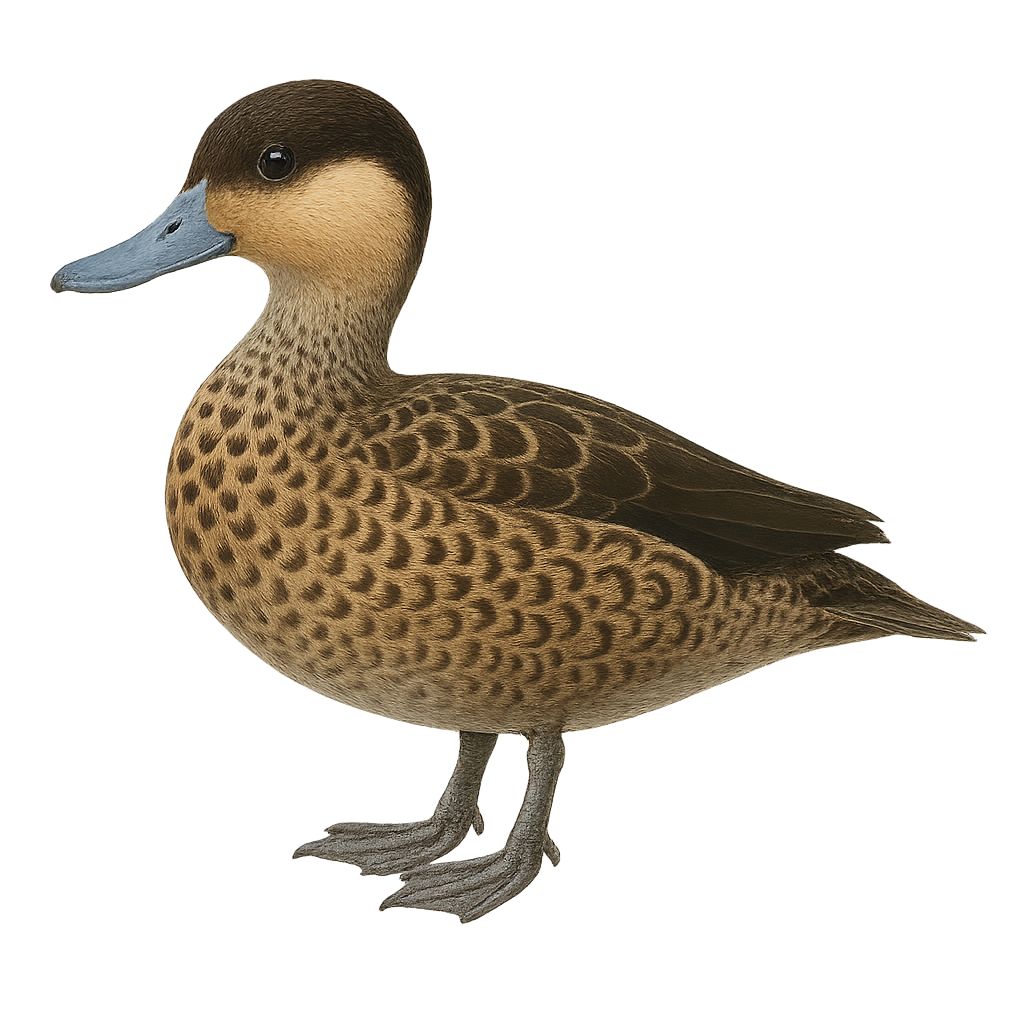Your wildlife photography guide.
Explore the hottentot teal in detail, study its behavior, prepare your shots.
Where to observe and photograph the hottentot teal in the wild
Learn where and when to spot the hottentot teal in the wild, how to identify the species based on distinctive features, and what natural environments it inhabits. The WildlifePhotographer app offers tailored photography tips that reflect the hottentot teal’s behavior, helping you capture better wildlife images. Explore the full species profile for key information including description, habitat, active periods, and approach techniques.
Hottentot Teal
Scientific name: Spatula hottentota

IUCN Status: Least Concern
Family: ANATIDAE
Group: Birds
Sensitivity to human approach: Suspicious
Minimum approach distance: 10 m
Courtship display: December to February
Incubation: 24-26 jours
Hatchings: December to March
Habitat:
Marshes, lakes, rivers
Activity period :
Primarily active during the day, with peak activity in the morning and late afternoon.
Identification and description:
The Hottentot Teal, or Spatula hottentota, is a small dabbling duck found mainly in sub-Saharan Africa. It is characterized by its light brown plumage, wings with greenish sheen, and blue-grey bill. Males and females are similar, although males often have slightly brighter colors. This duck prefers wetlands, such as marshes, lakes, and rivers with dense vegetation. It is primarily herbivorous, feeding on seeds, aquatic plants, and insects. Although generally discreet, it can be seen in small groups, especially during the breeding season. Its call is a soft whistle, often heard at dusk.
Recommended lens:
400mm – adjust based on distance, desired framing (portrait or habitat), and approach conditions.
Photography tips:
To photograph the Hottentot Teal, it is advisable to use a telephoto lens of at least 400mm to capture precise details without disturbing the bird. The best times to observe it are early in the morning or late afternoon when the light is soft and activity is at its peak. Look for areas with dense vegetation near water, as these ducks like to hide. Be patient and discreet to get natural shots.
The WildlifePhotographer App is coming soon!
Be the first to explore the best nature spots, track rutting seasons, log your observations, and observe more wildlife.
Already 1 432 wildlife lovers subscribed worldwide

